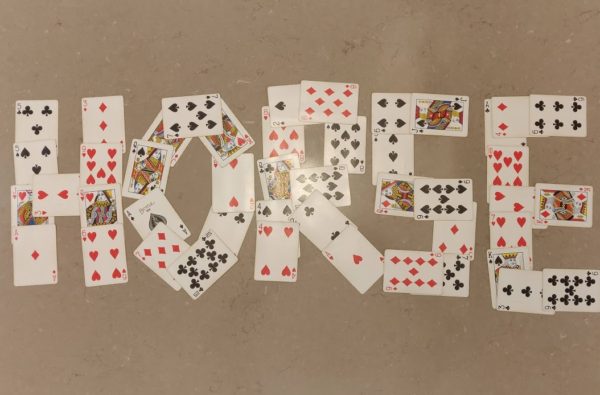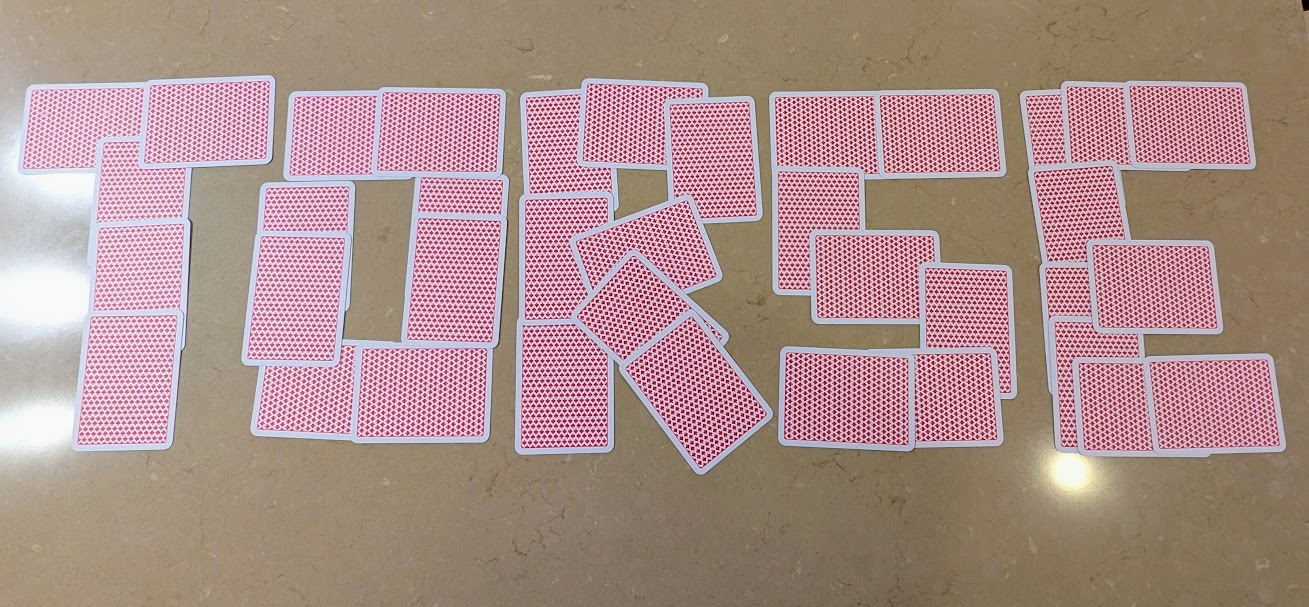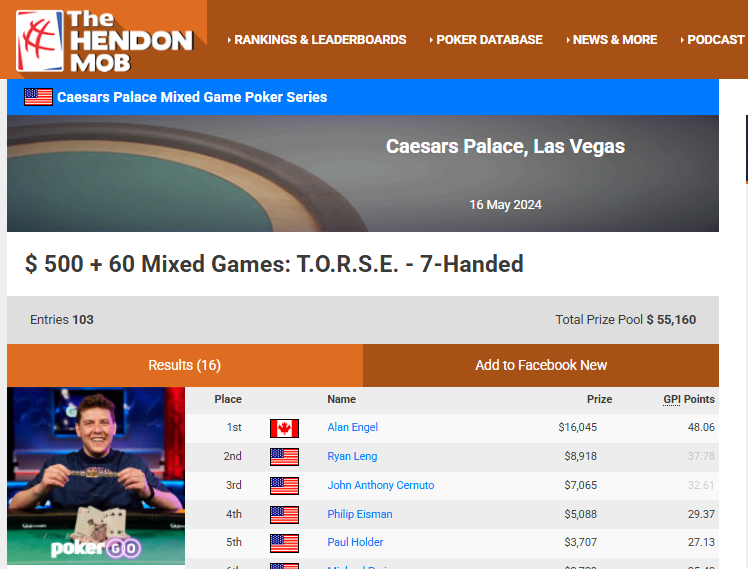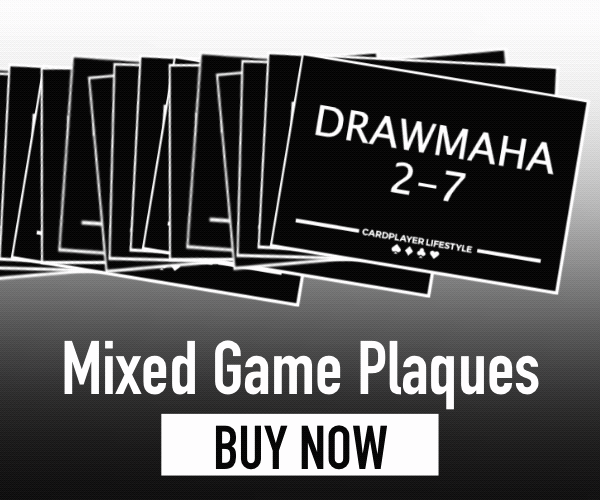A feature article that aims to dive into the history and popularity of T.O.R.S.E. cannot do so without first taking a closer look at the poker variants that serve as the gateway to mixed games.
Texas Hold’em is by far the most popular poker variant in the world. Walk into almost any poker room or home game, and you’ll likely find it being played. When players decide to branch out, Pot Limit Omaha is usually their first stop. It still offers plenty of action and big pots while still sticking to a flop-based community card structure.
But for those seeking to go beyond just one or two variants, mixed games are the next frontier. The most common recommendation for mixed game newbies is to try a H.O.R.S.E. tournament. This five-game rotation provides a manageable introduction to new formats. You get to dip your toes into three fresh variants (7 Card Stud, 7 Card Stud 8 or Better, and Razz) while still playing two that you’re familiar with: Limit Hold’em and Omaha 8 or Better. The balance between the familiar and the new has always made H.O.R.S.E. an ideal training ground for expanding your poker horizons.

H.O.R.S.E. in the Spotlight
H.O.R.S.E. has a rich history in the poker world. The mix first appeared as a bracelet event at the 2003 World Series of Poker as a $2,000 buy-in tournament that drew 113 entries. The eventual champion? None other than the late, great Doyle Brunson, a man who embodied poker excellence across multiple formats.
The individual games in H.O.R.S.E. had already long been played at the highest levels, both in bracelet events and in high-stakes cash games, but the concept of combining the five variants into a single tournament was still relatively fresh in the early 2000s. In the years since, H.O.R.S.E. has been a staple at major poker series around the world.
Of course, the last two decades have seen the proliferation of all sorts of multi-game mixes. There’s the famous 8-Game rotation, various alphabet-soup formats like S.H.O.E., R.O.E., and R.O.S.E., and the crown jewel for variety lovers: the WSOP Dealer’s Choice Championship, where players can choose from over 20 different poker variants.
A Shift in the Mixed Game Landscape
While H.O.R.S.E. remains popular, a new mix has been gaining ground, especially among players who crave more variety and a touch more pace: T.O.R.S.E., where the “T” stands for 2-7 Triple Draw.
Thus, the game lineup in T.O.R.S.E. consists of:
- 2-7 Triple Draw
- Omaha 8 or Better
- Razz
- Seven Card Stud
- Seven Card Stud 8 or Better
The substitution of Triple Draw changes the character of the mix in several ways. It adds a draw game, which broadens the skill set required to excel. It also means that every game in the rotation is played 6- or 7-handed, as opposed to Limit Hold’em’s traditional 8-handed format.
It appears that the first T.O.R.S.E. mix began in 2019 in Tampa, Florida, having been introduced by Ian Feller to his poker league that ran at a local room, TGT Poker & Racebook. The idea of switching out Limit Hold’em for 2-7 Triple Draw gained steam from there.

Why Players and Dealers Like T.O.R.S.E.
The reasons players cite for preferring T.O.R.S.E. vary. Some simply find Limit Hold’em “boring” compared to the other variants in H.O.R.S.E. Others appreciate that the shorter-handed structure leads to more frequent action. For draw enthusiasts, the addition of 2-7 Triple Draw offers welcome variety, as it’s the only game in the mix that doesn’t involve community or face-up cards.
Interestingly, many dealers have also expressed their preference for T.O.R.S.E. One relatively new dealer phrased it rather well, “It gives us more practice dealing draw games, which are less common on most floors. That’s valuable experience for us.”
Speaking personally, T.O.R.S.E. holds a special place in my poker journey, as it was the first tournament I ever cashed in. I also love how it integrates all three major poker categories:
- Flop Games (Omaha 8 or Better)
- Stud Games (Razz, Seven Card Stud, Seven Card Stud 8 or Better)
- Draw Games (2-7 Triple Draw)
That well-roundedness makes for a more balanced and engaging tournament experience.
The Birth of T.O.R.S.E.
According to Allen Kessler, T.O.R.S.E. was first introduced as a mix in late-2023 at his Caesars Palace Mixed Game Poker Series. It appeared on schedule again the second time the series was run, in mid-2024, with all-time tournament cashes leader Ari Engel claiming the victory and over $16,000.

Screenshot: Hendonmob
From there, word spread quickly. Players who enjoyed mixed games began requesting it, and series organizers started adding it to their schedules.
TORSE is taking over the world.
Last series @HorseshoeVegas HORSE $600 drew 93 players.
Today’s $600 TORSE event already at 120 and counting! @A_Rich_VERIFIED @cavincasino @pokerorg@jonpokerwriter pic.twitter.com/FlMgWd5xCZ
— Allen Kessler (@AllenKessler) March 22, 2025
From Side Game to Bracelet Event
By late 2024 and into 2025, T.O.R.S.E. was showing up not only in tournament series but also in cash game rotations, often at limits like $8/16. Notably, the Wynn Signature Series became one of the prominent stops to feature it.
The mix’s biggest milestone came in the summer of 2025, when the WSOP held its first-ever T.O.R.S.E. bracelet event, a $3,000 buy-in affair that drew 522 players. Japan’s Ryutaro Suzuki claimed the title, earning nearly $275,000.
Ryutaro Suzuki (@succhan627)🇯🇵 is the winner for Event #93: $3,000 T.O.R.S.E., outlasting a field of 522 entrants to win his second WSOP bracelet and a $273,386 first-place prize! #WSOP2025 pic.twitter.com/U4U9L1MDFC
— WSOP – World Series of Poker (@WSOP) July 14, 2025
That kind of debut, both in turnout and prize pool, signaled that T.O.R.S.E. had officially arrived as a mainstream mixed game format.
H.O.R.S.E. vs. T.O.R.S.E.: A Strategic Shift
While the two mixes share four of their five games, the switch from Limit Hold’em to 2-7 Triple Draw brings notable strategic changes. Here are a few tips to keep in mind:
- Pace and Hand Volume
Limit Hold’em often plays slower in tournaments because of its 8-handed nature and relatively small pots. Triple Draw, being 6- or 7-handed, is faster-paced and generates more action. - Skill Set Required
Limit Hold’em strategy revolves heavily around pre-flop hand selection, position, and post-flop betting discipline. 2-7 Triple Draw, by contrast, requires mastery of draw-based decision-making: knowing when to break a hand, reading opponents’ draw patterns, and applying pressure with semi-bluffs. - Variance
Triple Draw games tend to be more volatile because players draw to improve hands multiple times, creating bigger swings. This can be a thrill for some and a deterrent for others. - Edge Potential
Since fewer players have deep experience in draw games, strong Triple Draw players can gain a somewhat bigger edge in T.O.R.S.E. than they might in the Limit Hold’em portion of H.O.R.S.E.
In short: T.O.R.S.E. rewards versatility in a slightly different way. While both formats demand proficiency in stud and Omaha games, T.O.R.S.E. tilts toward those who can adapt quickly to draw game dynamics.
The Future of T.O.R.S.E.
Given how quickly T.O.R.S.E. has gone from “experimental” to a WSOP bracelet event, its future looks bright. We’re likely to see it featured more prominently on tournament schedules at both live series and potentially online as well. Organizers are always looking for formats that generate excitement, and T.O.R.S.E. seems to tick all the right boxes.
For players, it’s a chance to broaden their poker horizons while enjoying a mix that’s balanced, fast-moving, and diverse. For dealers, it’s an opportunity to hone their skills with less common variants. And for the mixed game community at large, it’s yet another sign that interest in poker beyond Hold’em is stronger than ever.
If H.O.R.S.E. was the mixed game workhorse of the past two decades, T.O.R.S.E. might just be the thoroughbred leading us into the next. Whether you’re a seasoned pro, a recreational player, or just someone curious about life beyond Hold’em, it’s a mix worth sitting down for.





